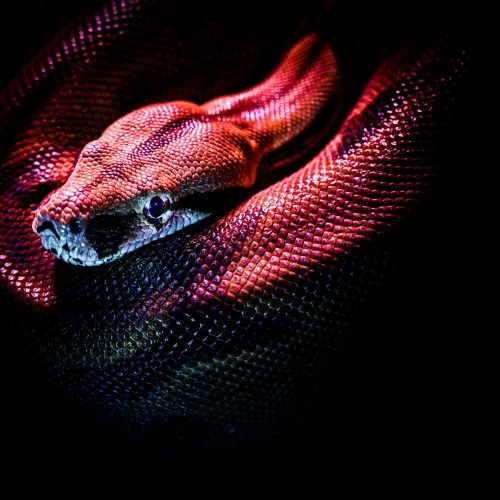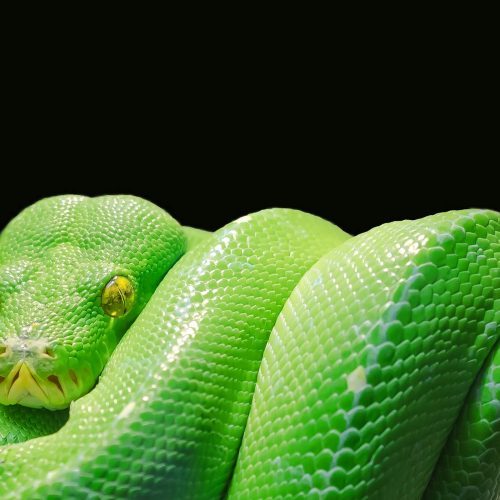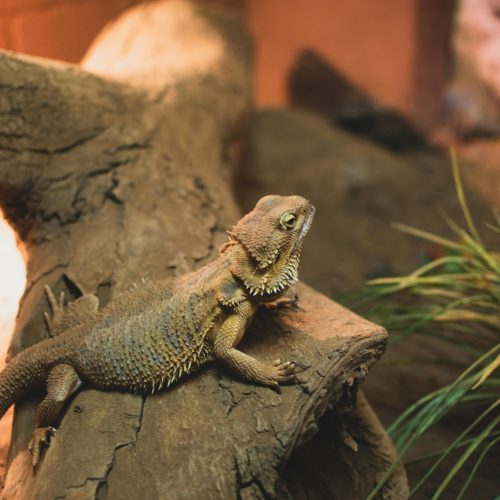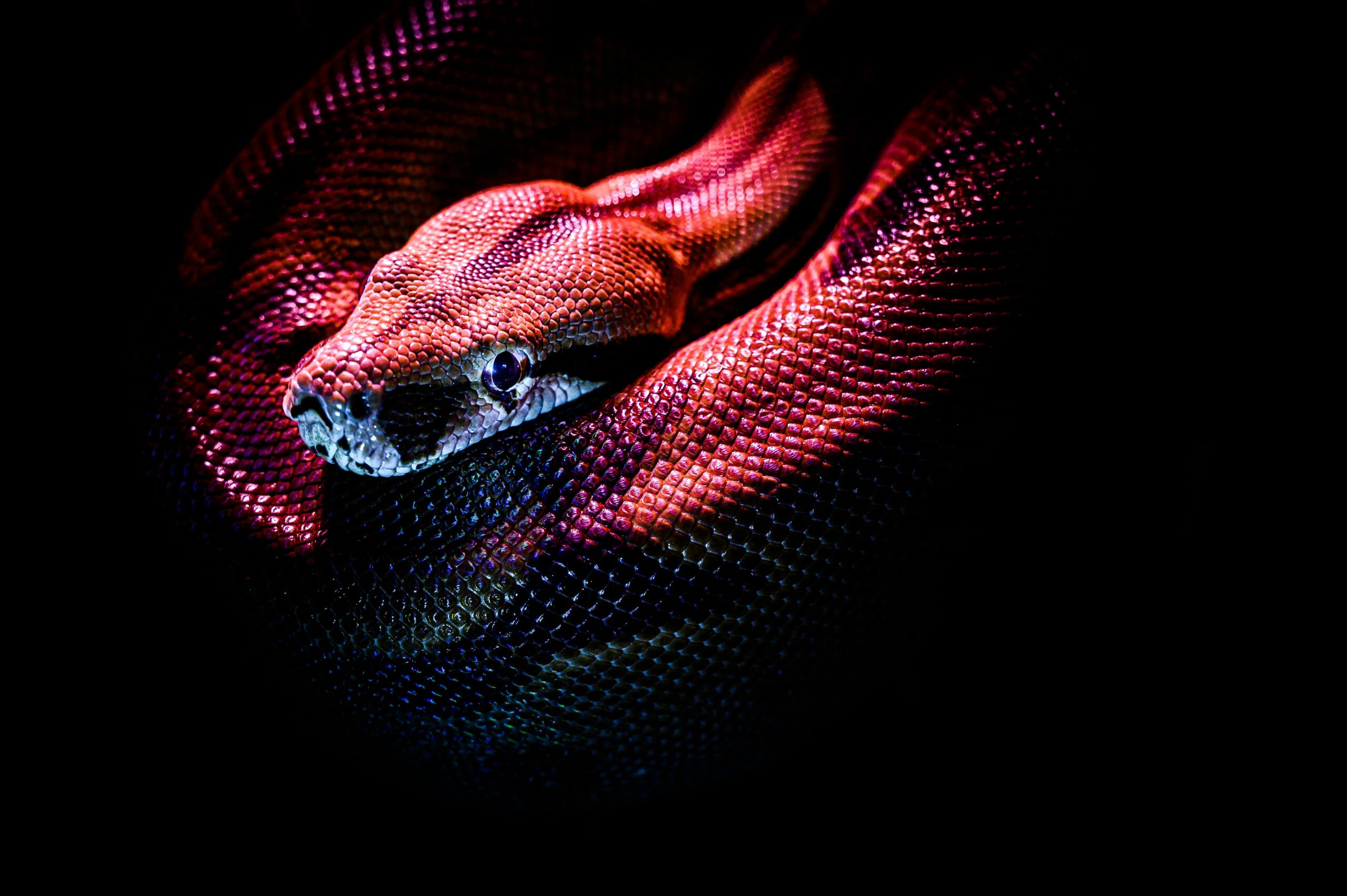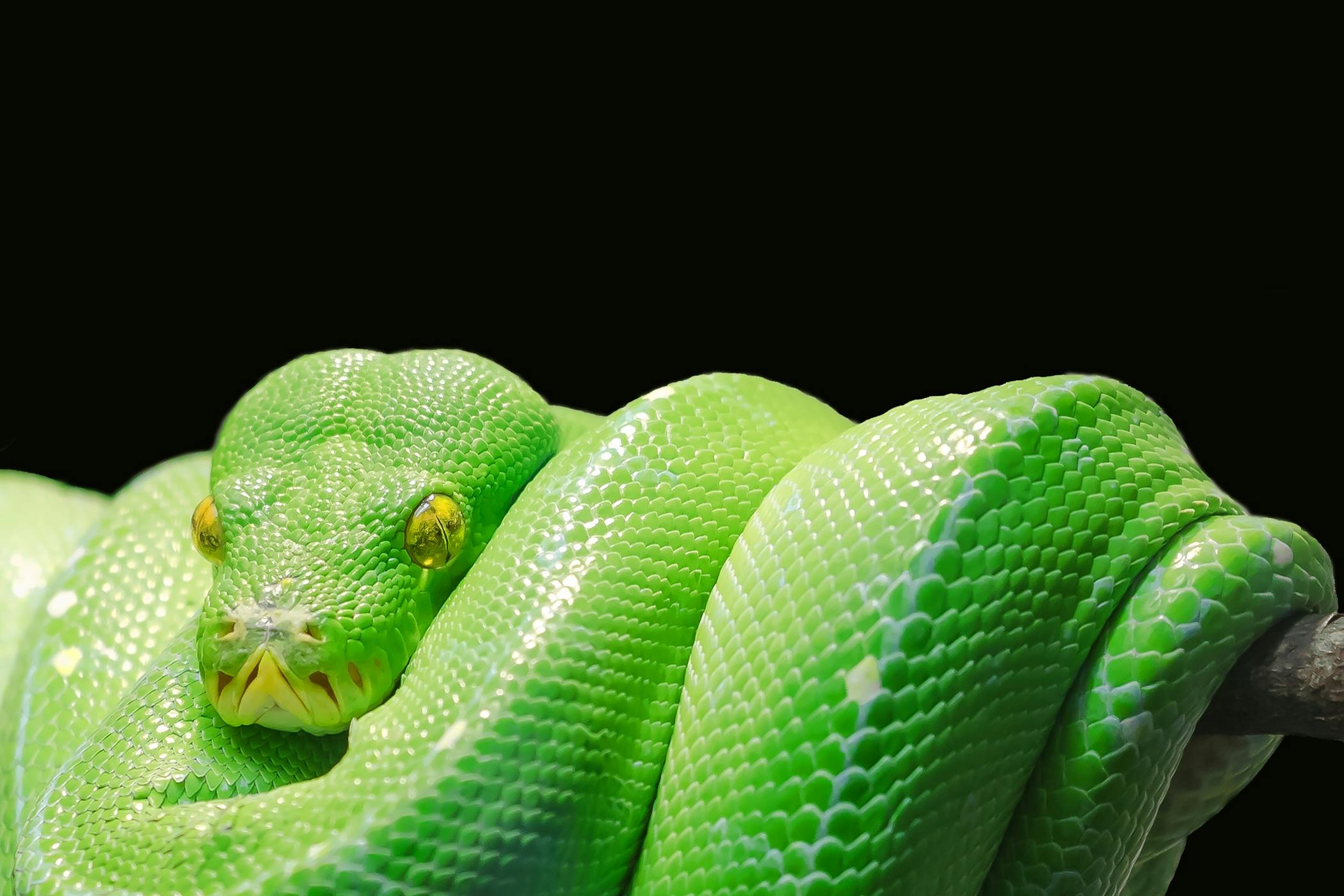Getting into ball python care few things should be considered, their sensitivity to temperature. Much as most reptiles and amphibians are ectothermic, ball pythons depend on external heat to govern their metabolic processes. This discussion involves demystifying the thermal temperature and its implications to the health of ball pythons, and their ability to live well in captivity.
Maintaining A Proper Temperature
Temperature control is very important in captivity if one endeavoring to rear ball pythons in the right manner. They are ectothermic reptiles and this makes them depend on heat sources outside their bodies for regulation of metabolic, digestive and other physiological processes. Low temperatures can cause weak immunity, high temperatures on the other hand affects the body’s ability to digest foods. Temperature maintenance is a critical component of Ball Python husbandry, and its regulation fulfills the responsible needs and desire of the ball pythons owners.
Same as the previous topic of discussion on the optimal humidity level for ball pythons the ideal temperature is not a fixed value but rather a range.
Temperature plays the most versatile role in the life of captive ball pythons; hence the temperature should be regulated to the optimum level. The temperatures of the ball pythons as suggested often range between the cool side of about 75 – 80 °F (24-27 °C) while on the warm side, the ranges to 88 – 92 °F (31-33 °C). This gradient is crucial as it provides the animals with an environment that is close to what they would be exposed to in its natural habitat hence their ability to regulate temperature. Offering these thermal gradients in well-furnished enclosures simply guarantees that any ball python can control and transition between such areas all for the sake of digestion, metabolism, and proper regulation within the python’s body system.
Living Environment Of Ball Pythons
Sub-Saharan African native ball pythons inhabit various ecosystems; savanna, forests, and grasslands. The places in the wild they prefer are fairly warm and or rather humid. The snakes are known to exist in areas with climates that are between 75 to 92 degree Fahrenheit ( 24 to 33 degree Celsius). These habitats provide factors such as the burrow or other types of vegetation so that the ball pythons can control their thermal condition as well as having a place to hide. Just as importantly, people should know their native environment since it will define the kind of environment they are building.
Temperature-Related Health Risks
Temperatures which are either too low or too high are dangerous to the health of ball pythons. They are also vulnerable to getting either hypothermic or hyperthermic under suboptimal conditions that compromise metabolism as well as the immune system. Some of the behavioural indicators of heat stress are changes in behaviour, loss of appetite and problems with shedding. Such signs have to be identified in order to prevent deterioration in the patient’s condition or to take appropriate measures in due time. Thermal planning is critical to animal health and survival of python from a breeder’s perspective, to guarantee their health and longevity while in captivity. conditions in captivity, that those outstanding reptiles are taken care of appropriately.
Hypothermia Vs Hyperthermia
Although ball pythons are not very sensitive to cold, temperature below those leading to hypothermia are still dangerous. It affects the metabolism of their bodies and slow body activities, reduced appetite and prone to diseases. On the other hand, high temperatures and high external temperatures can cause damage such as hyperthermia leading to dehydration, heat stress and failure of different body organs. Both of these extremes must be avoided for the sake of the snake’s health and for the proper functioning of all physiological processes in their organism, which proves the sufficient control of temperature is highly essential for the captivities.
Lethal Temperature Thresholds
Data pertaining to lethal temperature limits in ball pythons is highly useful in determining the best ways to take care of the reptiles. Both extremities of the thermal comfort scale are dangerous for health; either, exposure to very high or very low temperatures proven to be lethal. Killing temperatures vary, however exposure beyond optimum temperature consistently badgers the organs and leads to the death of an organism. This points to the need to exercise high levels of temperate control especially when these animals are put in captivity. Knowledge of these thresholds helps caretakers avoid further risks which may be fatal, stressing the importance of the accurate temperature regulation.
Common Misconceptions About Temperature
Some myths related to ball pythons temperature, including that they are cold blooded, must be debunked for proper care of the reptile. There is one quite common misconception related to these snakes; they are being capable of handling broad temperature difference. In fact, ball pythons are very susceptible to high heat and cold so they are known to be good ‘cold blooded’. The best way to dealing with misconceptions is by informing the enthusiasts about specific requirements of the species in question. Such an understanding in regard to the temperateness of temperature helps highlight aberrations regarding ball python habits; these notions lie at the foundation of practical advocacy for the proper and healthy-in-captivity care of these fascinating reptiles.
Monitoring And Controlling Temperatures
Temperature plays such an important role in the lives of captive ball pythons that its monitoring and control is critical. Digital thermometers are useful in helping adhering to the correct required temperature since temperature measuring devices are accurate. This way the problem can be detected on time and thus avoiding possible health complications. Measures such as heat mats, ceramic heaters or heat sources connected to a thermostat assist in maintaining stable environment. Stability of temperature at normal level is very vital in encouraging the health, digestion and physiological welfare the ball pythons while in captivity.
Suitable Thermal Environment
Heat Sources: For instance, you should use under-tank heaters together with heat lamps or even ceramic heaters for the purpose of achieving the right temperature variation.
Thermostats: Use thermostats for the purpose of maintaining correct temperature, so as not to overheat or freeze.
Hide Boxes: Place hide boxes on both the warm and the cool side so that the snakes would be comfortable to dictate when they want to move from one place to the other.
Substrate Choice: Choose an ideal substrate that can help in maintaining the heat throughout so that there will not be sudden fluctuations in temperature.
Regular Monitoring: Often check the temperature with standard thermometers, and avoid sharp fluctuations regarding this factor.
Seasonal Considerations
That is the reason why there is a great emphasis on various aspects that can influence its health and living conditions during particular seasons. It becomes important to discover how temperature requirements may change during the winter and summer. It also means that the care practices should be modified with a necessity to warm up the air during the cold seasons and vice versa during the hottest summer. Milking a species’ biological clock in this manner facilitates the improvement of welfare and physiological equilibrium of ball pythons during all seasons.
Examples of Use of Organizational Strategy and Real Life Business / Client Scenarios
The use of case studies and real-life examples is extremely useful in looking at the real-life effects of temperature fluctuation to ball pythons. This is why when explaining why improper temperature is bad, we pass examples of what the result of such conditions is, be it health complications or behavioral pattern changes. Analyzing the possible problems and victories in constant temperatures regulation gives a better understanding of the challenges of the reptiles’ keeping process.
Such examples demonstrate the need for active intervention in controlling the animals’ body temperature in captivity. This ensures that caretakers are more alert, sensitive to the needs of the python and knowledgeable on how to ensure that it leads a healthier life thereby facilitating right strategic care plans for ball pythons in captivity. It supports the notion that snake husbandry is not just something that can be theorized, as it takes real-time monitoring, constant tweaking and absolute adherence to the snakes’ needs so as to promote proper health and longevity in captivity.
Conclusion
Thus, the analysis of the temperature conditions necessary for ball pythons’ comfort outlines the importance of the temperature control issue. It is a well-known fact that temperature plays a great role in the modality of their existence; lethal thresholds or seasonal adjustments matter. Repeating this importance, the principle of responsible ownership includes a highly accurate control of temperature levels. Constant learning and training of the caretakers enables the best care to be given to these interesting reptiles. Being the daily caretakers, therefore let us have a commitment to temperature so that our ball pythons can sustain themselves.

